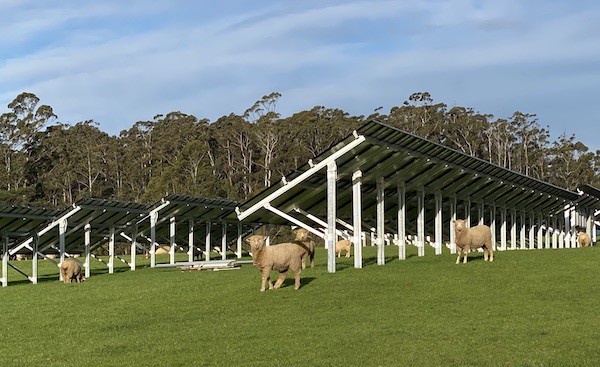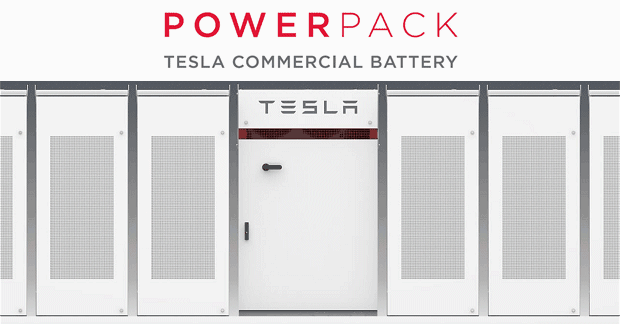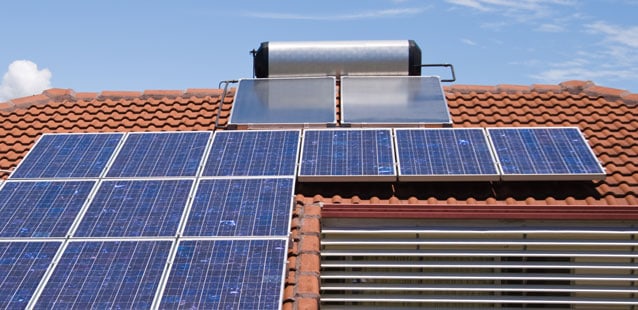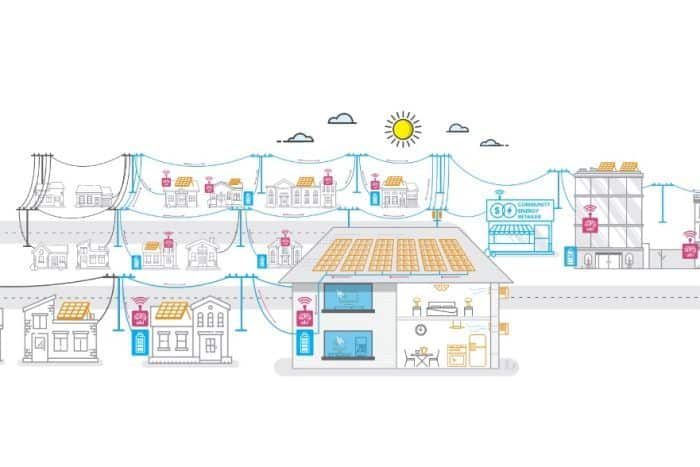In a world seeking sustainable and decentralized energy solutions, microgrid solar power systems have emerged as a beacon of hope, revolutionising the way communities generate, store, and consume electricity. A recent article published by The New York Times on August 7, 2023, titled “Microgrid Solar Power: Paving the Way for Energy Independence,” sheds light on the transformative potential of these innovative energy networks.
According to the New York Times, “Microgrid solar power systems represent a paradigm shift in how we think about energy generation and distribution. These localized systems are changing the landscape of power generation, making communities more resilient and environmentally responsible.”
The article delves into the intricate workings of microgrid solar power systems and their remarkable ability to provide localized, resilient, and environmentally-friendly energy solutions. As global concerns about climate change and the depletion of finite fossil fuels intensify, the spotlight is increasingly turning towards renewable energy sources, and microgrids are stepping into the limelight as a promising solution.
More about Microgrids
At the heart of the microgrid concept lies its capacity to generate electricity on a small scale, catering to specific community needs. Dr. Emily Rodriguez, an energy expert interviewed for the article, explains that “Microgrids empower communities by allowing them to take control of their energy production. This localized approach not only reduces transmission losses but also enhances energy security and helps mitigate the impacts of climate change.”
One of the most remarkable aspects highlighted by The New York Times article is the resilience that microgrid solar power systems offer. In an era marked by unpredictable weather events and natural disasters, these systems serve as energy lifelines, providing uninterrupted power to critical facilities such as hospitals, emergency shelters, and communication centers. The New York Times quotes Mark Johnson, CEO of a leading microgrid solutions provider, saying, “Microgrids are the future of reliable energy supply. By incorporating energy storage technologies, these systems ensure a constant power supply, even during disruptions.”
Furthermore, the article highlights the economic benefits of microgrid solar power systems for communities. As energy costs continue to fluctuate, and concerns about energy security persist, many communities are embracing the microgrid model as a means of reducing their reliance on traditional utility companies. According to the article, “Microgrids not only offer energy resilience but also stimulate local economies. Job creation in the renewable energy sector and reduced energy expenses are just some of the positive outcomes observed in communities adopting microgrids.”
The potential for microgrid solar power systems is vast, and the article underscores ongoing initiatives and projects that are already making waves across the United States. For example, the Brooklyn Microgrid is highlighted as a pioneering project that allows residents to buy and sell excess energy generated by their solar panels within the community. This innovative approach not only promotes sustainable energy practices but also empowers local residents to become active participants in the energy market.
In conclusion, the recent article by The New York Times serves as a rallying cry for the widespread adoption of microgrid solar power systems. As we navigate the challenges of the 21st century, it is imperative that we explore sustainable, adaptable, and resilient energy solutions. Microgrids, with their ability to generate clean energy at a local level, hold the key to a future powered by the sun, harnessed by communities, and safeguarded against the uncertainties of the modern world.
More reading – References and Links to Established Microgrids:
1. Brooklyn Microgrid: The Brooklyn Microgrid is a groundbreaking project that allows local residents to trade solar energy within their community. Learn more about this innovative initiative at (https://www.brooklynmicrogrid.com/).
2. Clean Energy Group: The Clean Energy Group is a nonprofit organization that actively promotes the adoption of microgrids and other clean energy solutions. Explore their work and resources at (https://www.cleanegroup.org/).
3. Energy.gov: The U.S. Department of Energy provides valuable insights and information on microgrid technologies and their benefits. Discover more about microgrids at (https://www.energy.gov/oe/services/technology-development/smart-grid/microgrids).
4. Rocky Mountain Institute: The Rocky Mountain Institute offers research and case studies on microgrids, showcasing their potential to transform the energy landscape. Explore their microgrid resources at (https://rmi.org/our-work/electricity/microgrids/).
5. Green Energy Communities: Learn about successful microgrid implementations in various communities across the United States at (http://www.greenenergycommunities.net/).





